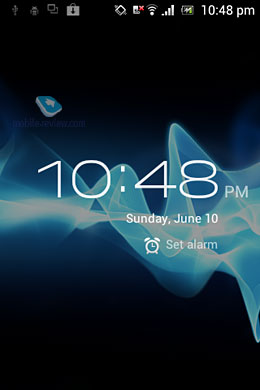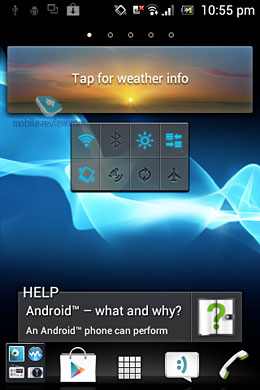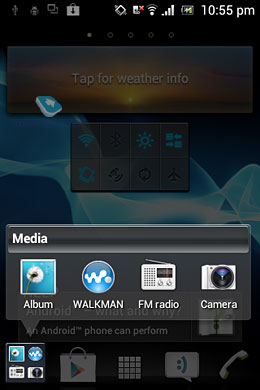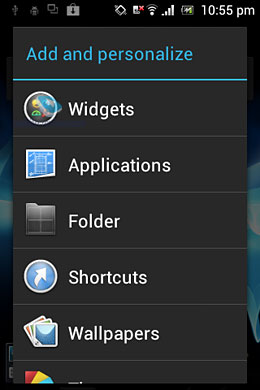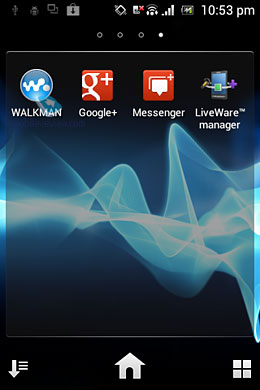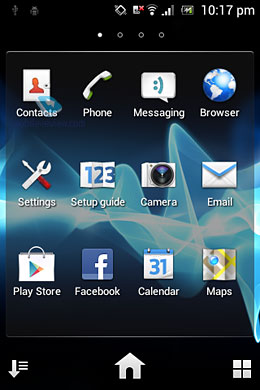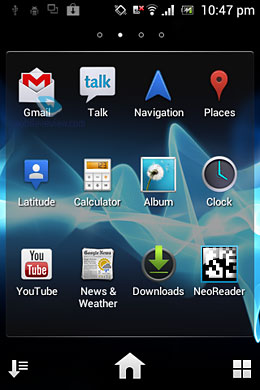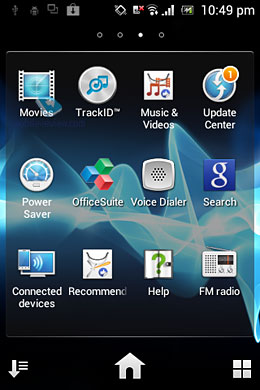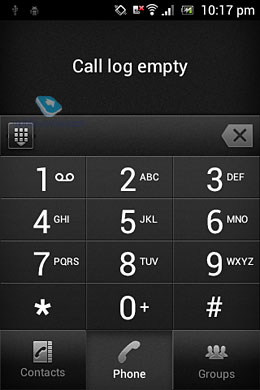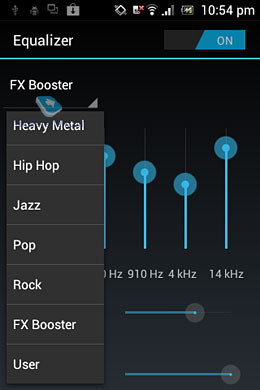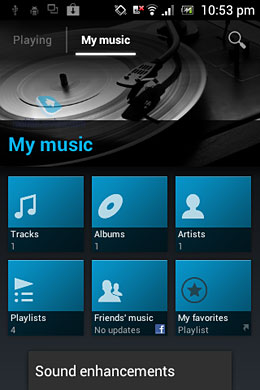First Look. Sony Miro ST23i
Contents:
- Introduction
- Design and Controls
- Screen
- Battery
- Connectivity
- Platform and Memory
- Operating System
- Camera
- Conclusion
Introduction
Sony is already starting to make as much use as possible from their current acquisition of Ericsson’s share in the joint venture. One of the biggest problems they faced soon after the purchase was the fact that only one device, namely Xperia S was more or less ready to be launched and all other projects were far behind. On top of that the complete line up was too small to attract the carriers and make a substantial impact on the market as a new company with new thoughts, plans and devices. So they came up with the tried and tested plan of using the same platform and as many common components as possible to create more than one device with minimal cost and if possible maximum profit. The Miro is one of these devices, based on the hardware from ST21 Tipo and of course in order to cost the least possible amount of money to develop it shares the design already known from the Xperia S and many other devices. Let us see how Sony managed to shuffle the same features once again and how the end product can appeal to potential buyers.
Back to the table of contents >>>
Design and Controls
It looks as if Sony either suffers from the serious lack of designers or lack of time to design something new. It is even more probably that they are short both of time and personnel. The Miro is hard to distinguish from the Xperia Sola or the Xperia U when you just look at them. The slight curved design under the screen is what sets them apart. The device is smaller in overall dimensions than these phones courtesy of the smaller screen of lower resolution. Like all other devices sharing the same design Sony must think that placing the same hardware buttons in a different place in each of those devices is a design change.

On the front of the Miro there is of course the phone’s screen with the touch senstitive control buttons placed under it. Since the phone lacks an ambient light sensor, the only other element placed here is the front camera.


The top side hosts the power/lock button and the socket for the 3.5mm headphones with the left side of the phone having only the micro-USB connector and the right one holding the last element - the volume keys. On the bottom side there is a microphone and a small slot used to remove the back cover to access the battery. This brings us to the back of the phone where the 5 MP camera is placed on the upper part along with a LED flash and the phone’s loud speaker on the lower end.


Back to the table of contents >>>
Screen
Probably the part of the phone where the price range targeted is seen better is its screen. With a diagonal of 320x480 pixels and a size of 3.5” it can only be considered a low-end module at best. The color reproduction is just above average with many of the shortcomings covered nicely by the phone’s UI. However, one thing that can not be hidden is the extremely poor sunlight visibility and the responsiveness of the touch layer that is no more than average. There is of no reason to expect something better from a device of this class.

I hardly think that ICS was designed for screens of such a low resolution and pixel density. In more than one case individual pixels can be easily seen on the icons drawn on the screen. The new addition to the design is a pulsating LED located in a small slot under the soft keys. The LED flashes for new actions like when receiving a call or an e mail . Sadly there is no way to customize it’s operation through the phone’s settings , and the default setting is the only one available .
Battery
The phone uses a well known BA700 battery with the capacity of 1460mAh.
Since the hardware found in the Miro is nothing special performance wise and the power consumption is low accordingly combined with the small screen this battery easily provides more than two days of normal operation.
When heavy on its features the battery will give a little less than two days of operations and only in the case of actively using the phone all day long the user will manage to get a lower operation time closer to one day. Overall the operation time of the phone is one of its most notable features.
Back to the table of contents >>>
Connectivity
Since we are talking about an Android device here all the usual connectivity options are available except the more exotic ones like WiFi Direct or 802.11 n protocol. I think that in this price range most users will find the Miro on par with the competition.
Wi-Fi. A standard Qualcomm module providing 802.11 b/g connectivity along with a wireless hotspot feature to share the carrier’s internet connection.
Bluetooth. Nothing extreme here too just a module supporting the 2.0 version of the protocol and providing all the possible connection profiles for dial-up networking, file transfer and even stereo audio transfer.
USB. The Miro has a standard micro-USB port used for connecting to a PC. Only the MTP protocol is supported owning to ICS and Google’s choice. There is an image transfer protocol also available that makes the phone visible as a digital camera and allows the syncing of images through various programs supporting the same protocol. USB on the go or USB hosting is not supported, but that’s to be expected.
Back to the table of contents >>>
Platform and Memory
Sony seems to have found an easy way to adapt and optimize platforms used in mid range devices a few years ago. It’s an improved version of the old MSM 7225 version, which replaces the aging ARM 11 architecture for a modern cortex A-5 CPU with a higher possible clock frequency up to 800 MHz, which is the one used in the Miro. Like in ST21i’s case this chipset is barely capable of running ICS and provides a user experience that could probably be better. Most of the phone’s features work without any problem except the long start up time for applications. It’s only in heavy applications like the Internet browser where the 800 MHz CPU shows its age and can make the use annoying when trying to open heavy pages.
To be fair with Sony and the Miro for this price there is only a handfull of devices that are much better in terms of performance. Most competing solutions are either of the same or slightly better performance.
The Miro comes equipped with 512 MB of RAM memory and has a little more than 2 GB of internal storage available to users. There is a micro-SD slot located under the back cover with memory cards of up to 32 GB supported.
Back to the table of contents >>>
Operating System
This is one of the few devices from Sony so far that are to hit the market already running the latest available version of Google’s operating system. Sony managed to customize the user interface enough to make it look distinct from the solutions offered by other manufacturers while at the same time providing at least a couple of changes and additions. As I mentioned in the Screen section the only serious drawback is the low resolution and pixel density combined with the fact that the customization was designed with higher resolution screens in mind and just barely adopted to the Miro’s screen. Other manufacturers also make phones with 320x480 screens but they spend some time optimizing the user interface. Incorrect drawing can be seen in many places around the interface and it’s in the home screen where it is most noticeable.
Let us see some of the changes made by Sony in the default ICS and how these affect the usability of the phone.
First of all the launcher retains the same design overall with the one used in Sony devices based on GingerBread only with some minor changes where it was necessary. The addition of some widgets and the change of the status bar appearance are the most significant design changes that can be seen in every day use of the phone.
The same additional features that were present in older versions are available here too and I guess it can be considered a plus since redesigning them for the new operating system shows at least that Sony is interested in maintaining the user experience provided by their phones. The deeper than in most phones integration of social networks and especially Facebook is present, with the ability to show the pictures uploaded to the social network in the Gallery also being handy.
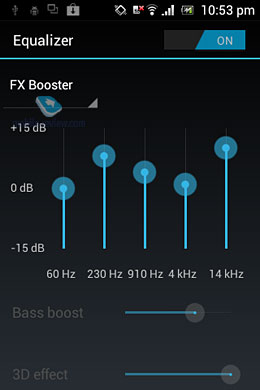
Since the Miro is now a Sony phone the music player was renamed as WALKMAN without design changes compared to the one present in Xperia S or Xperia P. There is just a name change here and nothing more. Like in most skins or launchers used by different companies, e.g. Samsung and HTC there is no easy way to tell which version of Android the phone is running since the customization is too similar with the one used in the past. At least this way the user experience is maintained for those switching from an older Sony phone running GingerBread and this can not be considered a disadvantage.

Back to the table of contents >>>
Camera
Miro is equipped with a standard 5 MP camera module with autofocus and a LED flash. The camera interface remains similar to that of Xperia P and most older Sony Phones.To be honest there is little missing or wrong with it so staying the same is actually a good thing. There is no dedicated shutter key to use with the camera and the only available option is the on screen equivalent that is not so convenient in a screen of this size.

Sony choose to use a 5 MP camera of good performance for this range of phones. The photos taken with the Miro are acceptable in most possible scenerios. There is actually a funny thing happening with the Miro and its camera. The images taken with it are displayed slightly worse on the phone’s screen than when transferred and displayed on a computer. I am not sure if this happens because of the screen’s color reproduction or if it’s a software issue however I have not seen anything before.
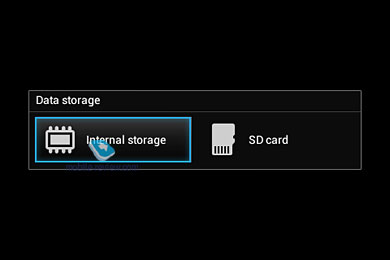
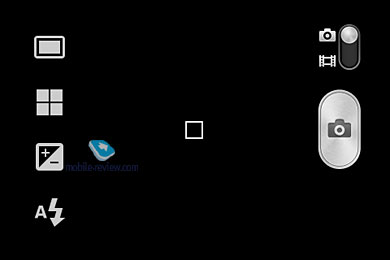
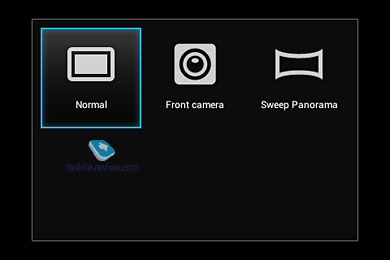
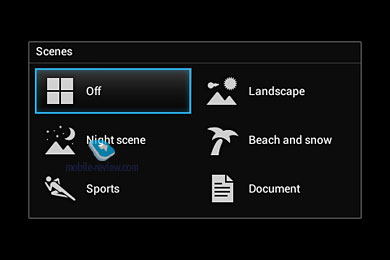

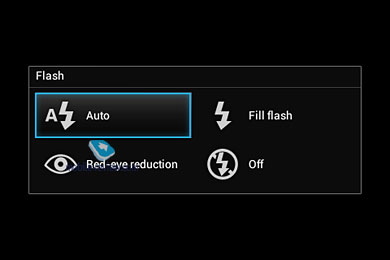
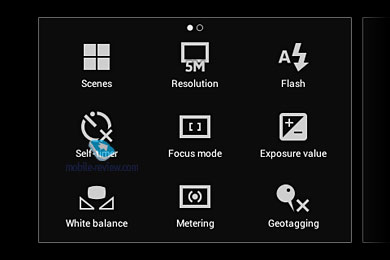
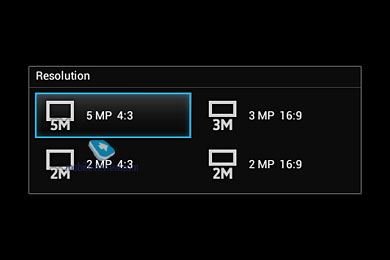
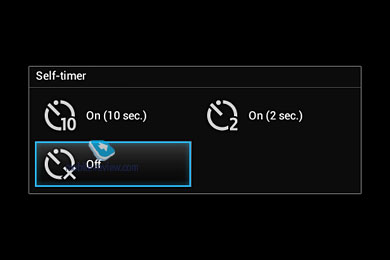
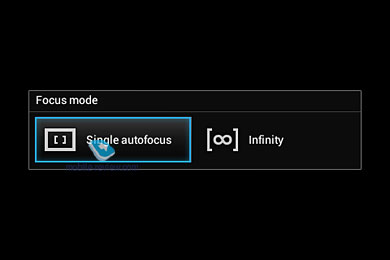

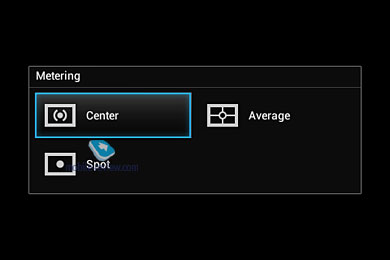
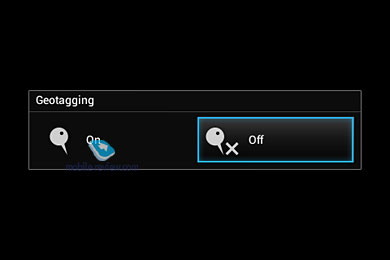
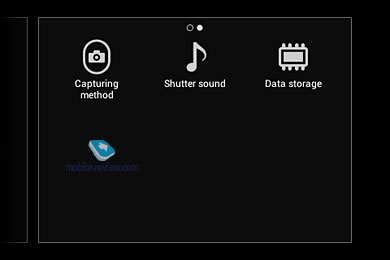
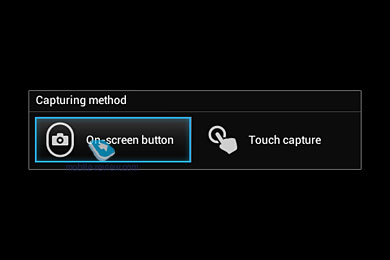
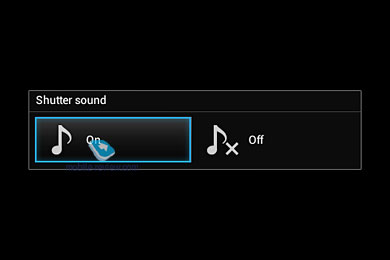
When it comes to the video department things do get worse. Since the chipset used is old and lacks the required power the maximum recording resolution is limited to VGA 640x480 pixels. The video quality is below average and the frame rate is also lower than usual. The phone has trouble adjusting quickly to lighting changes and some times the camera fails to adjust at all while recording. There is no focusing options available but that’s to be expected.
Back to the table of contents >>>
Conclusion
The Miro has no reception issues and the earphone is loud enough for most possible situations. The loudspeaker is also quite loud with some distortion in the maximum volume level.
When I first saw the device I was just amazed by Sony’s continuous attempt to capitalize on the same design and the use of the same components for yet another phone. For the most part this is the impression the device left me with, however some things are nicely implemented and at least the Miro is in no way an overpriced device. Sony finally learned its lessons that Sony Ericsson never bothered to try and is starting to design and produce many devices that match each other in different price ranges . When the Sony Ericsson Arc was the company’s flagship device , the lower price solutions were wat different design wise and in features and that left a gap in the company’s product line. This time around even with the excessive use of the exact same design Sony is trying to provide the users with as many options as possible. The only possible reason for failure is another year line up with an extreme pricing policy for their devices.
Xperia S was first on the market and its price was much higher than it should be with only a 12 MP camera of poor performance to justify it. The Xperia P hits markets across Europe right now and in most cases this policy is at least slightly corrected in its case. Xperia Sola and Xperia U are also coming to most markets and will be priced accordingly.
Miro will be placed right bellow the Xperia U in the company’s line up and will be priced accordingly too. There is always the possibility of a slightly inflated starting price, but the rest of the line up leaves little room for that. I believe that this phone is the best combination of the same design with the flagship phone the Xperia S with lower performance and features and it will find its way to the pockets of many users that are not willing to spend money on a better device from Sony.
I sure would like to see a better platform used, especially since the NovaThor chipset from ST Ericsson is already used in below average priced phones like the Samsung Galaxy Ace Plus, however Sony decided that it was good enough for a much more expensive device. In a world where CPU clock is starting to count even when it should’t be the only serious drawback I could find in the Miro is the chipset used since there are better solutions available that are old enough to be cheaper.
Do you want to talk about this? Please, go to our Forum and let your opinion be known to the author and everybody else.
Back to the table of contents >>>
Martin Elm (martin.elm@mobile-review.com)
Published — 18 June 2012
Have something to add?! Write us... eldar@mobile-review.com
|







